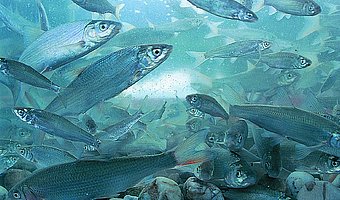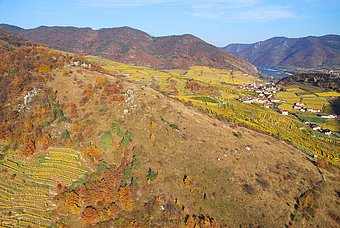The European Diploma for Protected Areas of the Council of Europe


The European Diploma for Protected Areas is doubtless one of the most valuable awards that can be bestowed upon a region. Awards can be given to sufficiently protected natural and cultural landscapes – in the case of the Wachau, the designation of the valley as a landscape conservation area is the gentlest possible but nevertheless sufficient level of protection – above all due to their special quality in scientific, cultural, aesthetic and/or recreational terms.
After a stringent review procedure, the Council of Europe in Strasbourg grants the diploma to areas of international significance for a period of five years. After these five years, the diploma’s re-awarding is dependent upon a positive report from an independent expert appointed by the Council of Europe. It is regretted by not only the Wachau that these five-yearly visitations will in future take place only every 10 years for reasons of cost. Because of this, particular importance is attached to the annual reports submitted to the Council of Europe.
The submission of the Wachau cultural landscape
The Arbeitskreis Wachau (working group for the protection of the Wachau) first submitted the application for the European Diploma to the Austrian federal government and the province of Lower Austria back in 1975. The diploma was, however, finally awarded not until 19 years later. The Council of Europe eventually granted the sought-after award after a close inspection in 1994 with the goal of guaranteeing the protection of the landscape and conserving habitats for flora and fauna, but only after rejecting efforts to construct a power plant on the Danube in the Wachau region and overcoming all other kinds of resistance (e.g. the shipping industry). This was only the second instance of such a diploma being awarded in Austria, the other being for the Krimmler waterfalls in 1967. Since then, the Thayatal National Park became the third region to receive the award in 2003. In total, there are no more than about 70 objects on this exclusive list across Europe, where Cultural landscapes undergoing development and change, like the Wachau, remain an absolute exception to the rule. In 1999 and 2004, the European Diploma was re-awarded for a period of five years and in 2009 for a further ten years. The granting of the diploma comes with a single condition attached: Plans to construct a power plant in the Wachau may no longer be activated. In addition, there is a raft of recommendations to tackle for the next period of protection.

